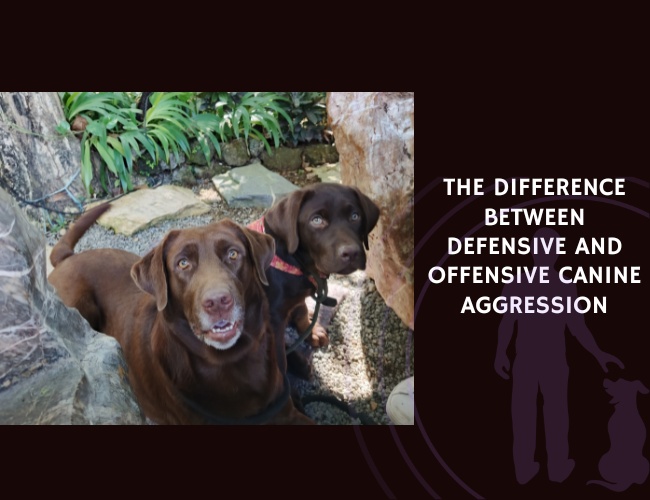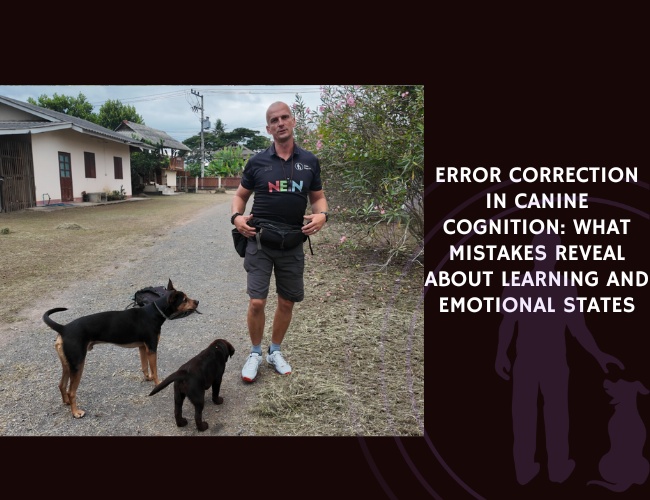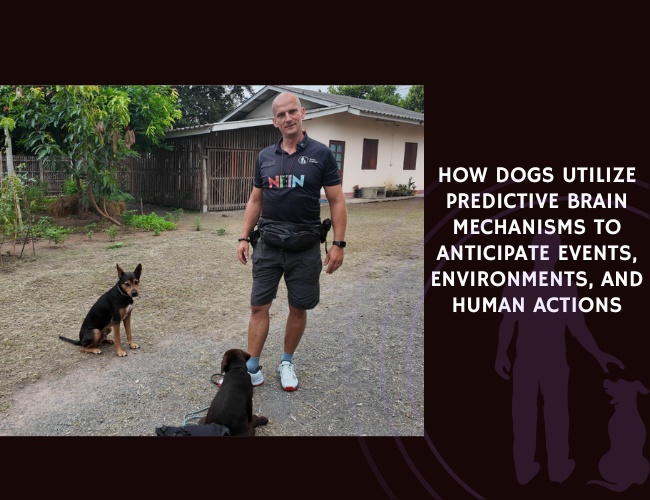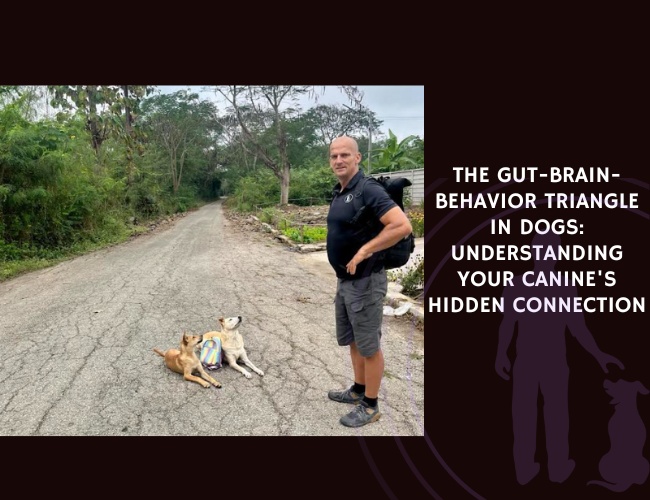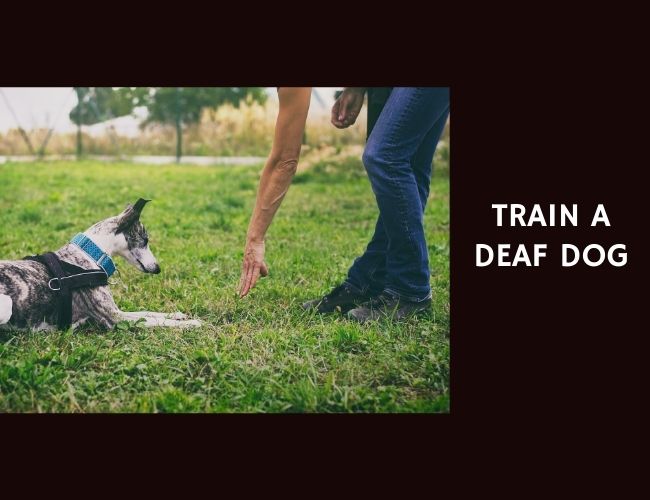Introduction: Understanding Canine Aggression
Why Distinguishing Aggression Types Matters
When it comes to our furry companions, understanding aggression is not just about safety—it’s about kindness and making the right choices for everyone involved. Defensive and offensive aggression in dogs look similar on the surface, but their causes, warning signs, and best responses are very different. If we fail to recognize which type of aggression a dog is showing, we might accidentally make things worse. This can mean using tough training where compassion is needed or missing important signs that a dog is scared and needs support 🐕.
The Trouble with Misidentification
Imagine a dog lunging or growling. Is it afraid, or is it protecting a favorite toy? Misreading defensive aggression (which is rooted in fear and anxiety) as offensive or dominance-based aggression can lead to harsh training methods, like punishment. These methods often increase the dog’s anxiety and risk for future bites, setting off a cycle of fear and stress for both the dog and its humans. On the other hand, ignoring a clear display of offensive aggression may mean missing an opportunity to set safe, fair boundaries.
A Scientific Lens on Dog Behavior
Modern science offers us helpful tools to look deeper into why dogs act the way they do. Recent studies have revealed that canine aggression is shaped by motivational systems, emotions, and even brain chemistry. For example, while defensive aggression is triggered by fear and involves brain regions linked to threat and survival, offensive aggression often comes from drives to control or protect resources. Researchers study everything from brain activity to hormone levels, helping us understand the unique influences behind each type of aggression [The Difference Between Defensive an.txt].
By using this knowledge and learning to see the signs, we can help every pup feel safe and understood. Together, let’s keep building a stronger partnership with our four-legged friends, based on trust and empathy!
Defining Defensive vs. Offensive Aggression
Breaking Down the Basics
Let’s explore what actually makes defensive and offensive aggression in dogs so different. Both types might look similar at first glance, but they come from completely different places inside your dog’s mind and heart. Understanding this is a big step toward helping your furry friend feel safe and supported. 🐾
What Is Defensive Aggression?
Defensive aggression is reactive and rooted in fear or anxiety. Imagine your dog is cornered or feels threatened—this kind of aggression is their way of saying, “Back off! I’m scared!” You’ll often see this behavior when a dog believes its safety or personal space is at risk. Defensive aggression is not about wanting to control anyone; it’s about survival and self-protection. The main motivation is to end a threat and regain a sense of security.
What Is Offensive Aggression?
Offensive aggression, on the other paw, is proactive and goal-driven. Here, dogs may be seeking to control a situation, defend resources like food or toys, or assert their status. The motivation is not fear, but rather the desire to achieve something—such as keeping a prized bone or claiming a favorite spot. This kind of aggression is about moving toward a goal, not escaping a threat.
Key Motivational Differences
Let’s summarize:
- Defensive aggression: Triggered by fear, anxiety, or perceived danger; the dog wants to escape or stop a threat.
- Offensive aggression: Triggered by competition over resources, territory, or status; the dog acts to gain control or achieve a goal.
Being able to spot the differences helps you pick the right, kind approach for your dog. Let’s keep discovering how these motivations shape behavior and how we can best support our canine companions. 🐶
Threat Perception and Triggers
Understanding How Dogs See Threats
Dogs have unique ways of seeing the world around them. When it comes to aggression, how they interpret a situation shapes their response. Defensive and offensive aggression are driven by two very different mindsets.
- Defensive aggression happens when a dog feels scared or threatened. Their main goal is to make the scary thing go away. For these dogs, the world can feel unpredictable and dangerous—so they react quickly to protect themselves or their space.
- Offensive aggression is a whole different story. Here, the dog isn’t acting out of fear, but rather with confidence or a strong purpose. Offensive responses help dogs control their environment or protect valuable things like food, toys, or territory.
Triggers for Defensive Aggression
Most defensive triggers come from fear or anxiety. Imagine a dog startled by a loud noise, approached too quickly by a stranger, or cornered with no way out 🚨. Their body tells them, “There’s a threat!” and the response is immediate. Common triggers include:
- Sudden movements or loud sounds
- Unfamiliar people or animals
- Pain or previous negative experiences
- Having their personal space invaded
Defensive aggression is the dog’s way of saying, “Please back off—I’m scared!”
Triggers for Offensive Aggression
Offensive aggression often starts when a dog wants control or to protect what’s important to them. These triggers look very different:
- Guarding resources like food, bed, or toys
- A stranger entering their home or territory
- Challenges to their social status
- Feeling protective of family members
Instead of reacting from fear, the dog is stepping forward, making bold choices in the hope of getting their way.
Why This Matters
Recognizing the difference between fear-driven and goal-driven triggers helps us respond correctly and with empathy. If we see every snap as “dominance,” we risk missing hidden fears—or accidentally making things worse. Understanding what sets off defensive or offensive aggression lays the groundwork for better support and safer, happier dogs.
Let’s keep exploring how our dogs really communicate in the moments that matter.
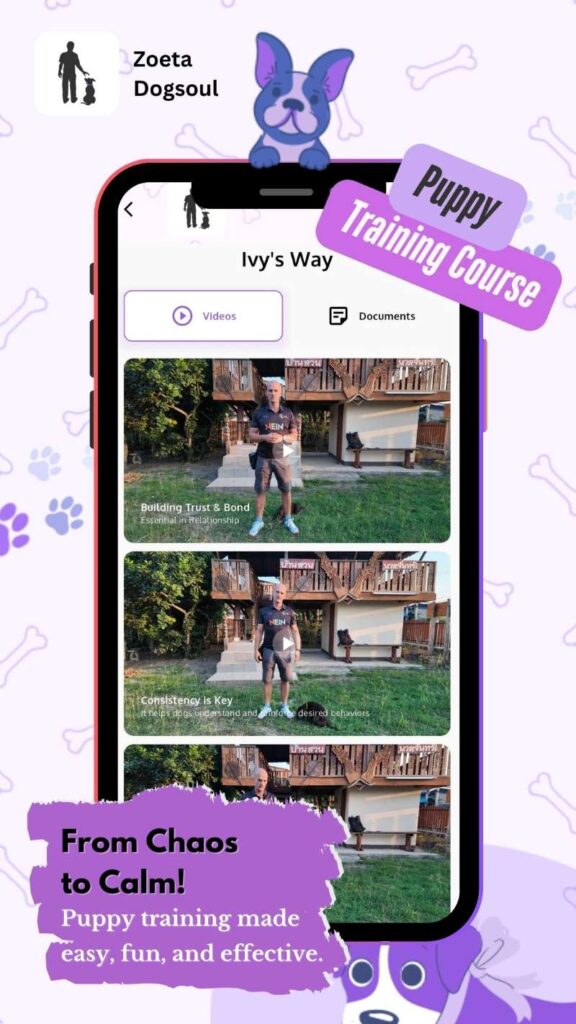
The Neurobiological Foundations
The Brain’s Role in Canine Aggression
Let’s explore what happens inside your dog’s brain during defensive and offensive aggression. Understanding these internal processes can help us recognize what drives your dog’s actions and, more importantly, how to respond with empathy and smart intervention. 🧠🐶
Defensive Aggression: The Alarm System Goes Off
When a dog feels threatened or scared, the amygdala—an almond-shaped structure in the brain—sounds the alarm. The amygdala is the dog’s main “fear center.” It triggers rapid responses meant to protect—like growling, freezing, or snapping. This reaction is fast, often instinctive, and based on survival. Alongside the amygdala, other brain parts release stress hormones that prepare the body to act. This is why you may see trembling, panting, or hyper-alert eyes. Defensive aggression is almost never about control; it’s about escaping danger.
Offensive Aggression: Calculated and Controlled
Offensive aggression involves different wiring. Here, the hypothalamus takes the lead. This area regulates hormones—such as testosterone and cortisol—that relate to dominance, territoriality, and resource control. Rather than a panicked reaction, offensive aggression is more about approach. The dog may stiffen, stare, or move forward to control what it wants—be it a toy, food, or territory. These actions are goal-driven and not ruled by fear, but by intent.
Comparing Physiological Responses
The differences in brain activity shape how the body responds:
- Defensive aggression: High adrenaline, tense muscles, and an urge to retreat or protect.
- Offensive aggression: Raised hackles, confident posture, and focus on gaining or keeping something.
Recognizing these differences helps us choose better behavior plans for our dogs. Understanding what’s happening inside our furry friends is the first step to building trust and a safer environment for everyone. 🌟
Reading Canine Body Language
Understanding your dog’s body language is like unlocking a secret code to their emotions 🕵️♂️🐕. Knowing the difference between defensive and offensive aggression can keep everyone safe and help your pup feel more secure.
Defensive Aggression: Signs to Watch For
Defensive aggression flares up when a dog feels scared, anxious, or trapped. Their body language usually looks small and uncertain. Keep an eye out for these signals:
- Whale eye (showing the whites of the eyes)
- Tail tucked tightly under the body
- Ears pressed flat against the head
- A crouched or cowering posture
- Lip licking and yawning (stress signals)
- Low growling or snapping if the threat stays close
These dogs don’t want a fight—they just want the scary thing to back off. Their actions are quick and often sudden if they feel cornered.
Offensive Aggression: Bold and Calculated
Offensive aggression shows up when a dog feels confident and wants to control a situation. Their body language is very different:
- Hackles (hair along the back) raised
- Body held tall and stiff
- Direct, unwavering eye contact
- Tail up and often rigid
- Ears pushed forward, alert
- Possible lunging or biting with little hesitation
These pups are making themselves look bigger and braver, sending a clear message: “Back away, I’m in charge here.”
How to Interpret the Signals
Spotting the difference can be tricky. Defensive dogs look tense, tucked, and are hoping to escape. Offensive dogs are deliberate and assertive, owning the space. Pausing to look at the whole picture—ears, tail, posture, and eyes—helps you accurately read what your dog is feeling.
Getting this right creates a safer, calmer environment for everyone. With patience and observation, you’ll soon understand your dog’s true intentions, building trust for better days ahead. 🐾
Fear. Force. Friction.
Two Roads, One Reaction. Aggression isn’t a choice—it’s a response. Some dogs lash out because they’re scared. Others step forward to control. But on the surface, both look the same: teeth, growls, tension. And that’s where the danger lies—in misreading the story.
Intent Shapes Instinct.
One dog cowers before it snaps. Another stares you down before it strikes. The first says, “I want space.” The second says, “I want control.” Understanding the difference isn’t optional—it’s everything. Because the wrong response doesn’t just fail. It wounds.
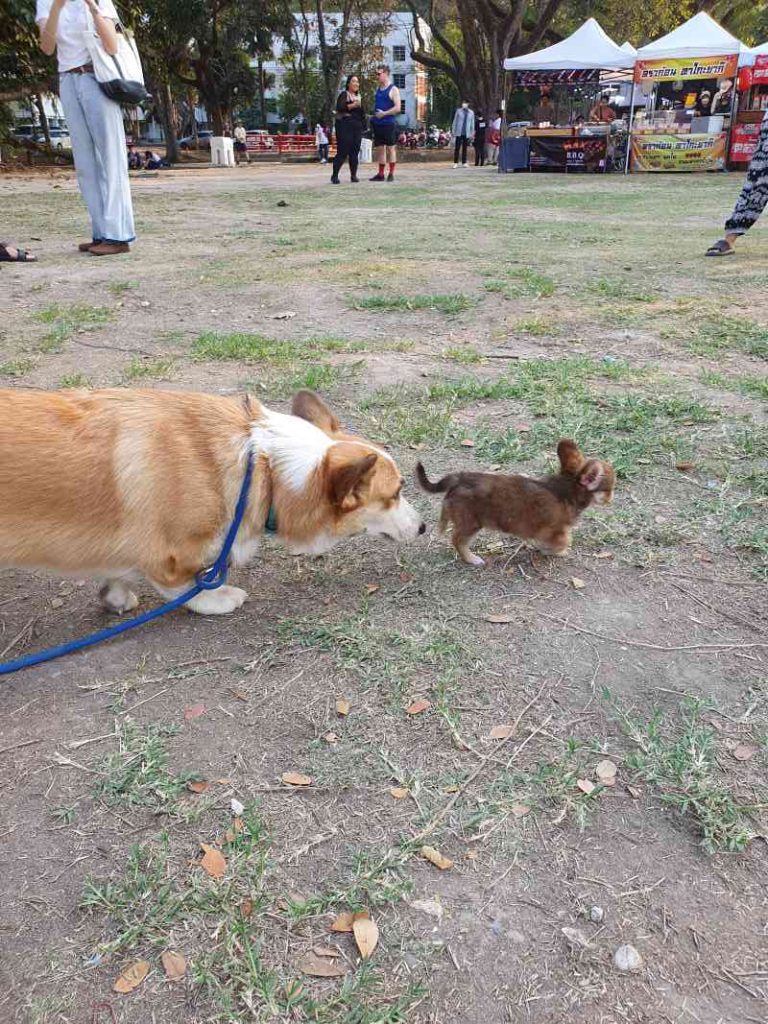
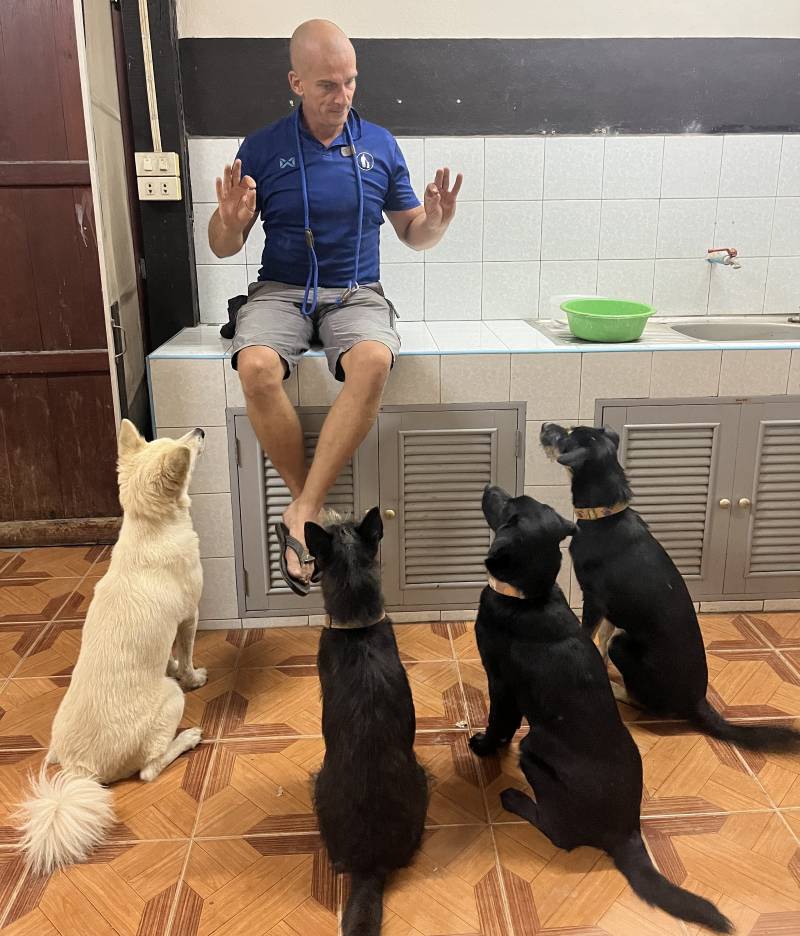
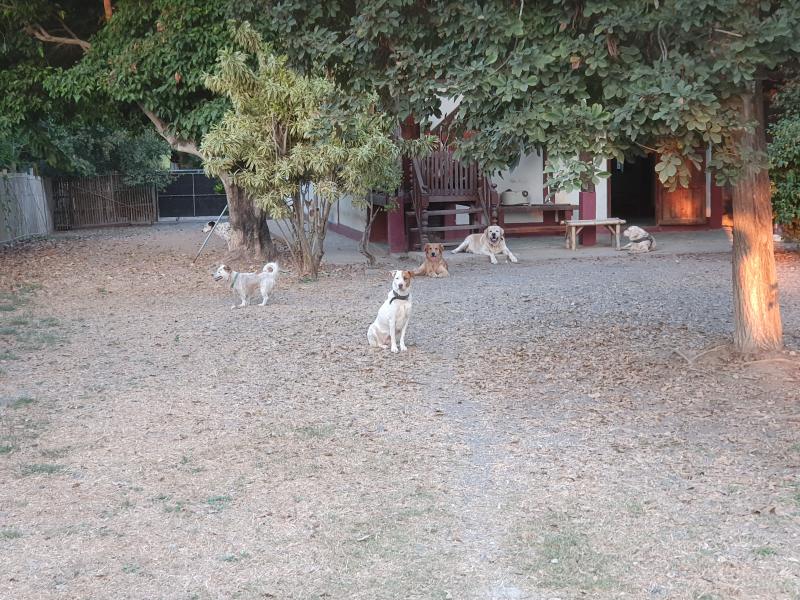
What You Don’t See Hurts Them.
Most dogs aren’t bad. They’re misread. Punished for fear. Rewarded for boldness. And trapped between old myths and new science. But those who listen—to the body, the eyes, the intent—can lead dogs out of the loop of conflict, and into safety.
Escalation Patterns and Warning Signs
The Fast Face of Fear: Defensive Aggression
Defensive aggression in dogs shifts gears quickly. Imagine a dog backed into a corner, showing whale eye, a tucked tail, and flattened ears. If the threat (real or perceived) doesn’t go away, this dog can move from signaling discomfort to snapping or biting in just moments. These rapid-fire responses are the dog’s way of saying, “I’m scared—back off!” Defensive aggression is a last resort when the dog’s body language warnings—growling, cowering, freezing—are not understood or respected.
- Common defensive warning signs:
- Whale eye (white of the eye visible)
- Ears flat against the head
- Tucked tail
- Cowering or backing away
- Low growls or snapping
If you see these, give the dog space fast! Defensive aggression can escalate in a heartbeat if the dog feels trapped or ignored. 🐕💨
Slow Build, Strong Intent: Offensive Aggression
Offensive aggression takes its time. Here, a dog is more in control and may be protecting resources, territory, or status. You might see staring, stiffened posture, and a confident stance. Instead of a fast snap, offensive aggression may start with subtle, repeated displays—like a hard stare or slow body movement—before getting more intense.
- Gradual warning signs of offensive behavior:
- Direct eye contact for a long time
- Raised hackles (hair along the back)
- Stiff, upright posture
- Slow, deliberate advances toward the object or person
Dogs showing offensive aggression may lunge or bite, but the escalation usually follows a visible path, giving time to notice and intervene before things become dangerous.
Spotting Trouble Early
Recognizing these patterns can help you prevent problems. Look for any shift in posture, facial expression, or vocalization that signals discomfort. Intervening early with space and calm can stop things from getting out of hand. Noticing these early warning signs means safer, happier dogs and people. 🦴✨
Next, let’s look at how age, breed, and past experiences shape a dog’s aggressive responses and what that means for building a safer bond.
Influence of Age, Breed, and Experience
Age and Aggression Patterns
Dogs change as they grow! Puppies and young dogs tend to act on impulse, so their aggression can appear out of nowhere—think of quick snaps when startled or scared. This kind of reactive behavior is mainly defensive, popping up when a young pup feels threatened. As dogs get older, their responses may become more calculated. Senior dogs might show more offensive aggression, using aggression in a planned way, especially if they’ve learned that it helps them keep control or protect resources.
But let’s remember, an older dog can also become defensive if they’re in pain or confused, especially with health issues like arthritis or cognitive decline. Age matters, but it interacts with lots of other factors too. 🐶
Breed Predispositions
Breed matters, too! Some breeds are more likely to show particular types of aggression. For instance, breeds selectively bred for guarding might be more likely to act offensively in response to territory challenges. Others might easily become defensive if they’re nervous by nature. Still, breed is just one piece of the puzzle—no breed is “bad,” and every individual is unique. Early socialization and regular training are key for all dogs, regardless of breed.
Impact of Past Experiences
A dog’s history shapes how they react today. Dogs with traumatic or negative experiences, such as previous neglect, harsh punishment, or unpredictable home environments, may develop defensive aggression. It’s a coping skill—acting out to keep scary things away. Likewise, a dog that has learned aggression helps them get what they want may show more offensive behaviors.
What’s most important? Approach each dog with empathy—by understanding their past and unique background, we can make wiser, kinder choices moving forward. If we create positive, safe spaces, our four-legged friends can feel more secure and less likely to resort to aggression.
Let’s keep in mind how these influences weave together as we support our dogs on their journey to better behavior and true companionship. 🐾

Effective Behavior Modification Strategies
Tailored Approaches for Defensive Aggression
When dogs show defensive aggression, their actions come from a place of fear or anxiety. The best support we can offer combines desensitization and counter-conditioning. This means we help dogs face their fears at a slow, safe pace, and reward calm behaviors. For example, if a dog feels threatened by strangers, introducing new people from a distance and offering tasty treats helps build trust step by step. Over time, the dog may learn that strangers bring good things, not threats.
Important tips:
- Move at the dog’s pace—never rush!
- Always use positive reinforcement, such as treats or gentle praise.
- Avoid punishment; it increases fear and makes things worse.
Best Practices for Managing Offensive Aggression
Offensive aggression is not about fear but about control—resource guarding, territory, or status challenges. To handle this, managing access to resources is key. For instance, if a dog guards toys, removing items when unsupervised and teaching “trade” or “leave it” creates safer boundaries. Structured, targeted training builds impulse control and polite behaviors.
Simple steps include:
- Set clear, consistent rules for access to valuable items.
- Practice regular training to reinforce calm behavior.
- Maintain a predictable routine to reduce triggers.
Why Choosing the Right Approach Matters
Using the wrong method can quickly make aggression worse. For defensive dogs, punishing growls or snaps increases anxiety and may push them to bite without warning. Similarly, ignoring offensive aggression can result in a dog feeling even more confident in unsafe behaviors. Matching interventions to the dog’s motivation is vital for safety and trust.
Just like every pup is unique, so is their path to improvement. With the right techniques, patience, and a healthy dose of compassion, we help dogs overcome challenges and foster a loving bond. 🦴✨
Common Misinterpretations and Their Consequences
The Pitfall of Mislabeling Aggression
Misunderstanding the type of aggression a dog displays isn’t just a simple mistake—it can actually make things much worse for everyone involved. One of the biggest issues comes from misidentifying defensive aggression, which is rooted in fear, as dominance-based or offensive aggression. When this happens, people often try to “correct” the behavior with harsh training techniques. Instead of helping, this approach can make the dog even more scared and anxious, and increase the likelihood of biting or more serious incidents. 🐕🦺
The “Dominance Myth” and Its Dangers
For many years, the idea that problematic dog behavior stems from a need to establish dominance was common. This outdated belief, sometimes called the “dominance myth,” has been disproved by modern canine science, but it still influences how some people approach dog training.
Here’s why the dominance myth is troubling:
- It assumes all aggression is about challenging authority.
- It encourages punishment-based methods like alpha rolls, leash corrections, and intimidation.
- It ignores the dog’s emotional state—especially fear or anxiety.
Dogs showing defensive aggression are often just trying to protect themselves. Using dominance-based training only increases their stress and fear, leading to even more unpredictable behavior. 💔
When Mistakes Lead to Bigger Problems
Not addressing the real root cause of aggression can have serious consequences:
- Escalation of aggressive incidents, including bites
- Loss of trust between dog and handler
- Greater risk of dogs being surrendered or euthanized
- Ongoing stress and a reduced quality of life—for both dog and owner
Helping dogs means recognizing their feelings and motivations, not relying on old myths. With patient, positive, and science-based approaches, we can set the stage for dogs to feel safe and families to thrive together.
Let’s continue our journey by focusing on building trust and setting up safe, supportive environments. 🏡✨
Environmental Management and Trust Building
Creating a Safe and Predictable Space
Dogs thrive in environments where they feel secure and know what to expect. For those prone to defensive aggression, unpredictable or chaotic settings can make their fear much worse, leading to snap reactions and anxiety. A safe environment for your dog means:
- Removing potential triggers, like loud noises or sudden movements.
- Having a quiet space where your dog can retreat and relax.
- Keeping strangers or other pets out of the dog’s personal zone until trust develops.
Simple changes can make a big difference. For example, using baby gates to create boundaries or placing your dog’s bed in a quiet corner helps reduce stress. Remember, predictability is key — routines signal safety to your canine friend. 🏡🐾
Building Trust With Positive Reinforcement
Building trust is a journey, especially if your dog shows defensive behaviors. Harsh corrections or punishment break down trust, causing more fear and aggression. Instead, focus on positive reinforcement:
- Reward calm behavior with treats, praise, or gentle petting.
- Use food puzzles and interactive toys to keep your dog mentally engaged.
- Train with short, positive sessions followed by playtime.
This approach not only helps your dog feel safe but also boosts their confidence around people and other animals. Lots of patience and kindness go a long way!
Consistency is Everything
Dogs need to know they can count on you. Using the same commands, maintaining clear routines, and responding calmly help prevent confusion or fear-driven reactions. Everyone in the household should follow the same rules, so your dog doesn’t receive mixed messages.
By creating a predictable environment and always building trust, you can help your dog manage defensive behaviors. This foundation allows your dog to feel safe and supported in their daily life. 😊
Conclusion: The Path Forward
Summing Up Key Differences
Understanding the difference between defensive and offensive aggression in dogs helps us choose the right interventions. Defensive aggression starts with fear and is triggered when a dog feels threatened or unsafe. It’s a rapid, reactive behavior—like snapping or cowering—meant to keep danger away. Offensive aggression, in contrast, is goal-driven and proactive. Dogs use it to gain resources, maintain territory, or assert social status. Here, body language is confident; you might see direct eye contact, a stiff body, or a direct approach.
Why Accurate Assessment Matters
Getting it right matters for everyone’s safety—on two and four legs! When we mistake fear-based defensive aggression for dominance, we risk using harsh training that increases anxiety and bites. If we mix up the two types, the wrong strategy could make things worse. For example, a dog with defensive aggression needs desensitization and confidence-building, not strict rules or dominance-based punishment. Meanwhile, offensive aggression calls for firm resource management and targeted training.
Accurate assessment leads to:
- Humane and tailored solutions
- Safer, happier environments
- Stronger dog-human bonds 🐾
Areas Needing Further Exploration
Science is making strides, but we have lots to learn. Genetics, brain chemicals, environment, and life experiences all shape canine aggression in unique ways. Thorough, ongoing research is key to learning which approaches keep dogs and people safe while reducing stress for everyone. This knowledge helps us grow as compassionate caregivers who meet every dog where they are.
Let’s keep working together, learning, listening, and making the world safer for our loyal canine friends—one wagging tail at a time!

